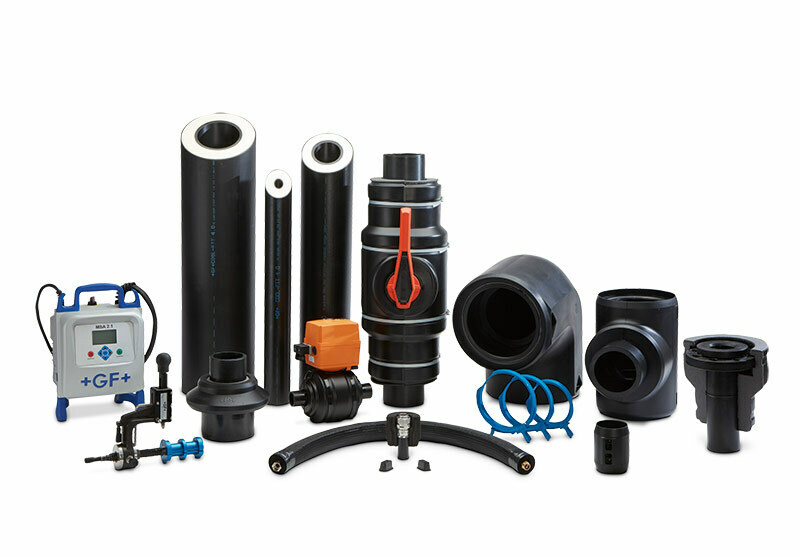In a time of increasing sustainability regulations, the maritime industry is in need of technical solutions that are highly efficient but also financially viable, GF Piping Systems said in a press statement.
On passenger ships, HVAC applications offer this potential for improvement. This was highlighted in a study carried out in 2021 by GF Piping Systems, a Switzerland-based flow solutions provider, and Foreship, an international ship design and engineering company.
“Comparing a baseline steel piping system with pre-insulated polyethylene pipes in an air conditioning chilled water system revealed that plastic is more efficient in four areas: it decreases fuel consumption, reduces greenhouse gas emissions, lowers costs, and slightly improves EEXI and CII values,” GF said.
“HVAC systems on passenger ships play a crucial role as they add comfort and a more luxurious experience onboard. However, they are energy intensive and increase both fuel consumption and emissions,” the company added, noting that the air-conditioning systems also require substantial piping networks that are often made of post-insulated steel which is heavy and susceptible to corrosion.
“On the other hand, advancements in plastic piping solutions mean that materials such as polyethylene could potentially be a more suitable alternative that increases the efficiency of the ship,” GF concluded.
The study was based on a simulated 150,000-ton cruise ship and the calculations consisted of three phases.
During the first phase, the performance of the baseline steel system and polyethylene COOL-FIT system by GF Piping Systems was measured by comparing the electrical power draw of the chillers and pumps within the air conditioning system.
In the second phase, these results were used to calculate fuel savings, emissions reductions and cost-effectiveness.
Finally, the study quantified the effect of these savings on the Energy Efficiency Existing Ship Design Index (EEXI) and the Carbon Intensity Indicator (CII).
The data taken from the cruise ship simulation shows consistent improvements in four key areas.
“Installing the pre-insulated COOL-FIT system made from polyethylene saved up to 112 metric tons of fuel per year, reduced greenhouse gas emissions by up to 373 metric tons per year and could save an estimated $3,8 million USD over the course of 25 years. Furthermore, we were able to improve the EEXI and CII values by 0,2%,” explained Teemu Tanninen, Senior Specialist Energy Efficiency and HVAC at Foreship.
“The whole maritime industry is currently working on a more sustainable future. However, many solutions are still on the horizon or very expensive,” commented Roberto Chiesa, Head of Business Development Marine at GF Piping Systems.
“Our study shows that even small actions, such as proper design and piping material choice in the HVAC system, can have far-reaching positive effects for the entire ship. We believe they can be part of a holistic approach to make shipping more sustainable.”




